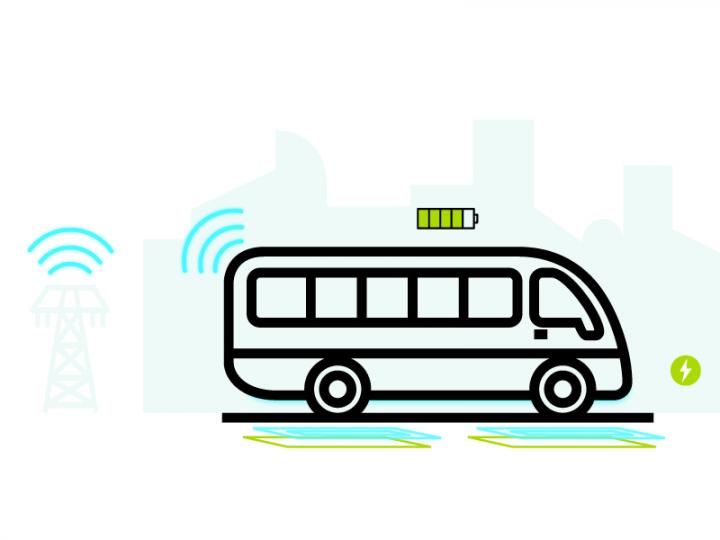Patented technology will help make a more efficient, cost-effective AC-DC converter

Credit: Mckinsey Watteyne
News Release — Mar. 15, 2021 — ASPIRE researchers successfully patented technology for a high-power-density battery converter. Their U.S. patent issued Feb. 9 will support the center’s mission to develop sustainable, economically sound electrified transportation.
The patent lists two inventors: ASPIRE’s director Regan Zane and Dorai Yelaverthi, a research scientist in ASPIRE’s Utah Power Electronics Lab. It was in UPEL where Yelaverthi first conceived the idea for the patent and received a grant from the School of Graduate Studies to pursue it as part of his dissertation.
Yelaverthi and Zane were issued a patent for what they call quasi-single state power converter topology. Their patent has several components, but its most prominent feature is its ability to combine two subsystems of an AC-DC converter into one, helping create a more compact battery charger while maintaining full functionality.
As Yelaverthi explains, most people want their iPhone battery to be charged faster while also preferring a smaller charger — desires that conflict with one another. The same goes for electric vehicles, and with their growing popularity, researchers at UPEL and elsewhere have been interested in improving the charging infrastructure needed for electric vehicles, or EVs. A more efficient, power-dense, and cost-effective AC-DC converter ¬¬– the power-processing unit in EV battery chargers ¬¬– is one technology that could help develop an economical charging infrastructure.
“Usually, an AC-DC converter is made up of two pieces: there is a front-end converter and a back-end converter,” said Yelaverthi. “What we do in our patent is instead of using two stages, we just use one stage. That gives us lots of benefits in how you can make things smaller because there are fewer components.”
The two components are usually manufactured separately, but combining them into one makes the converter cheaper to manufacture. The technology supports ASPIRE’s goal to make charging infrastructure more equitable.
The patent is being used in two ASPIRE projects. The first project is to build a high-power-density 350-kW charger for the Aggie Bus, an electric bus at UPEL. The second project is to build a 500-kW wireless extreme fast charger for Class-8 drayage trucks. This project is partly funded by the Department of Energy and partly by various industry collaborators. The developed system will be deployed for field evaluation at the Port of Los Angeles by the end of this year.
###
Media Contact
Dr. Dorai Yelaverthi
[email protected]
Original Source
https:/




